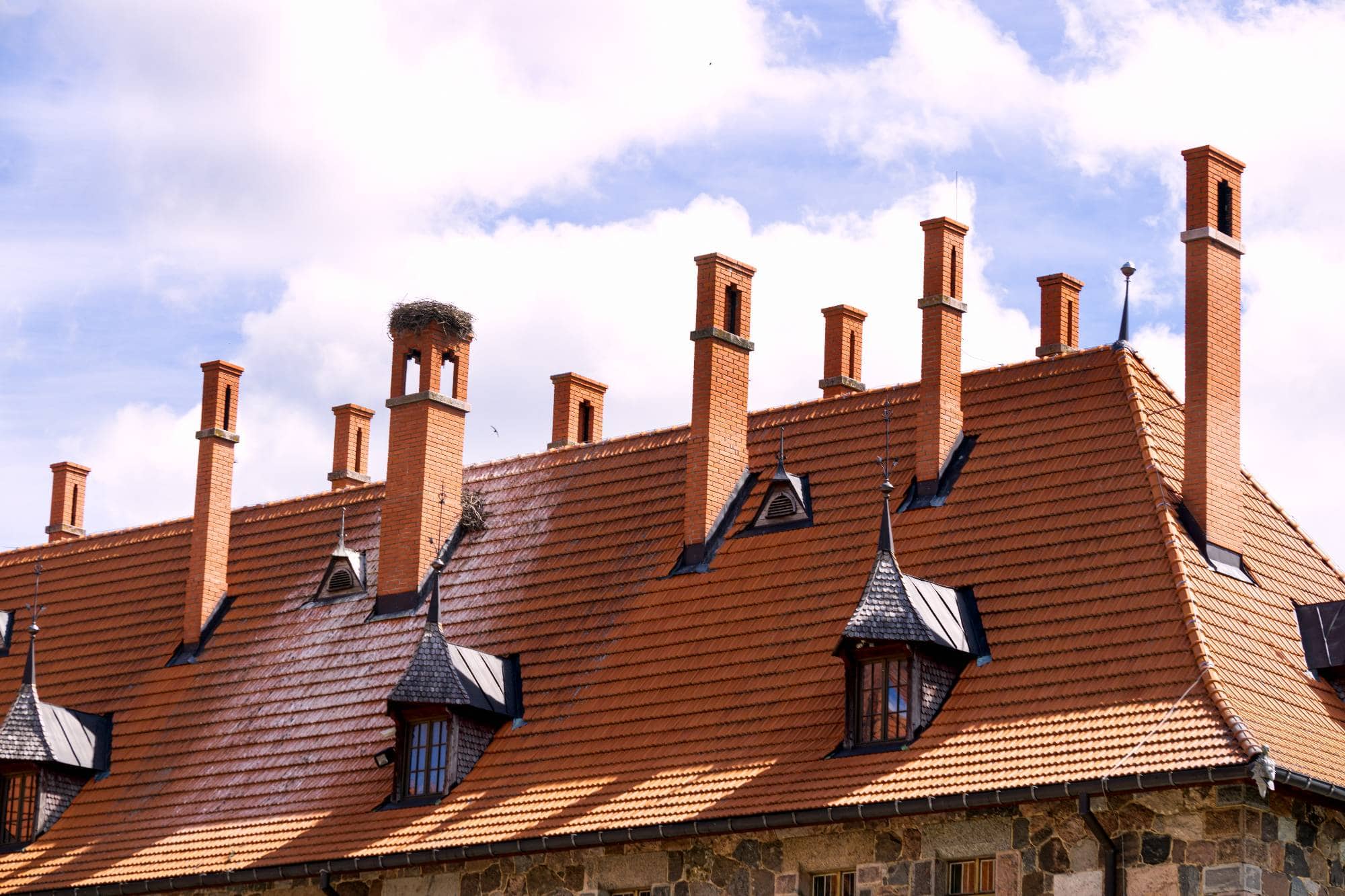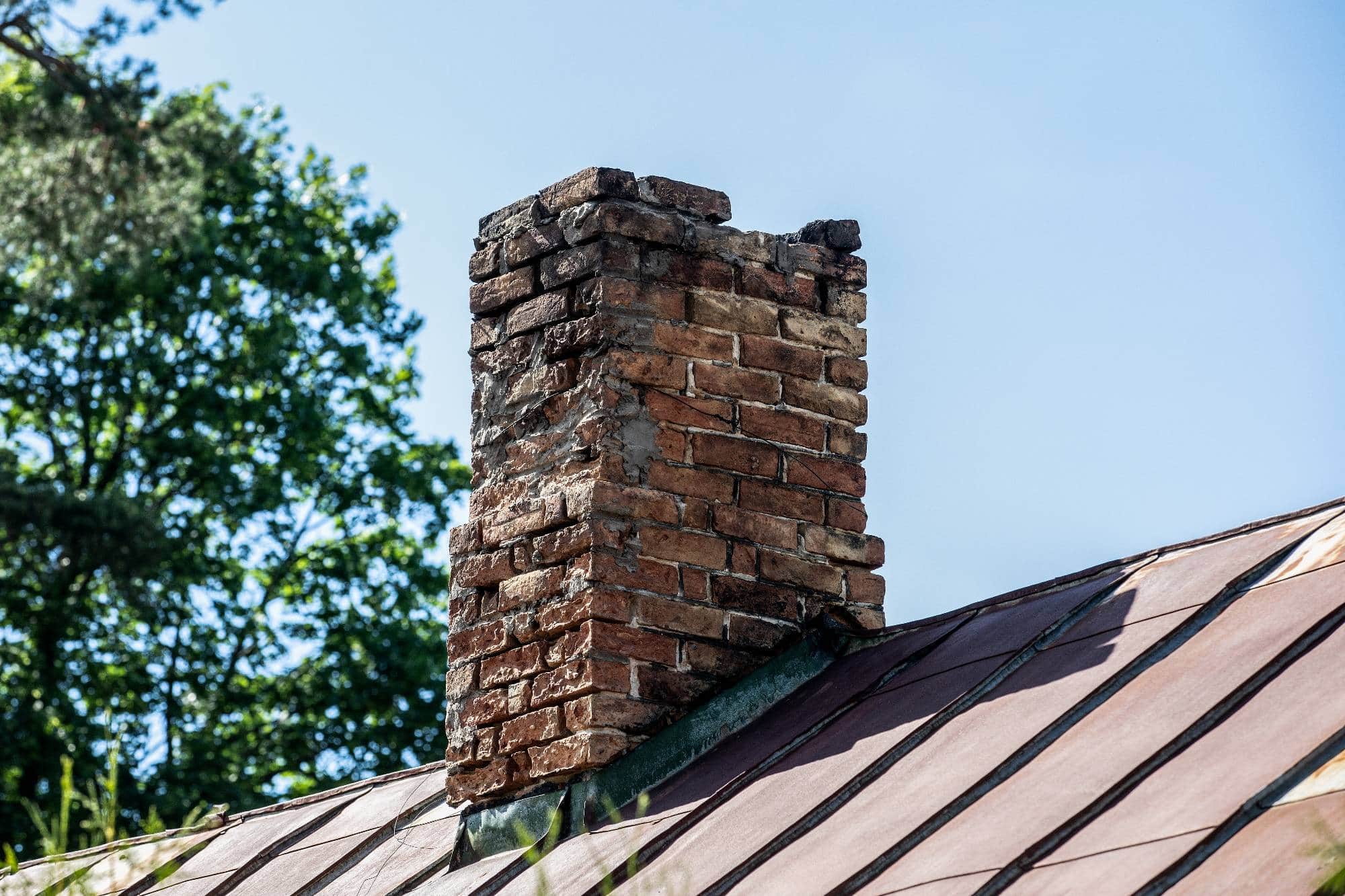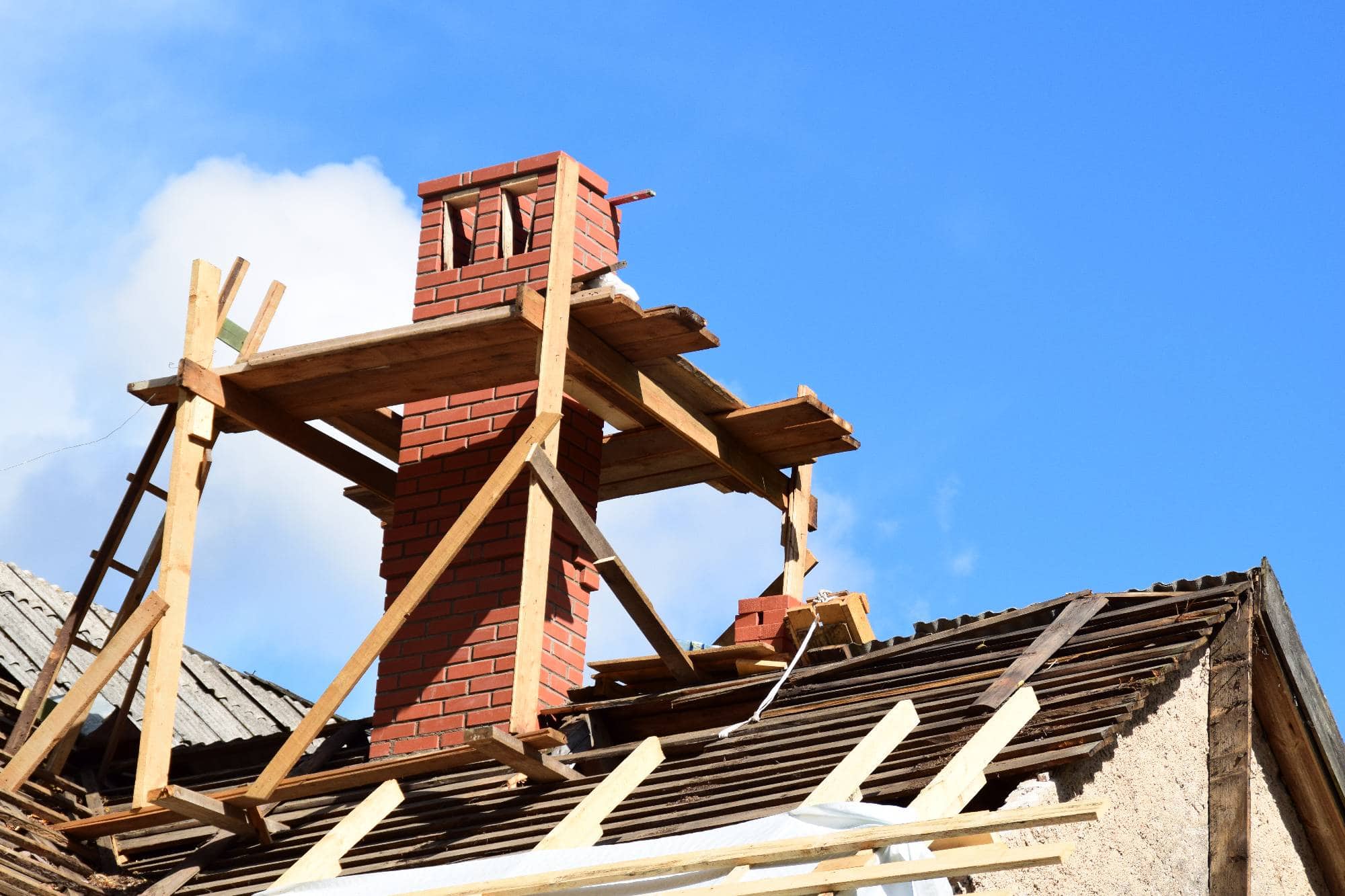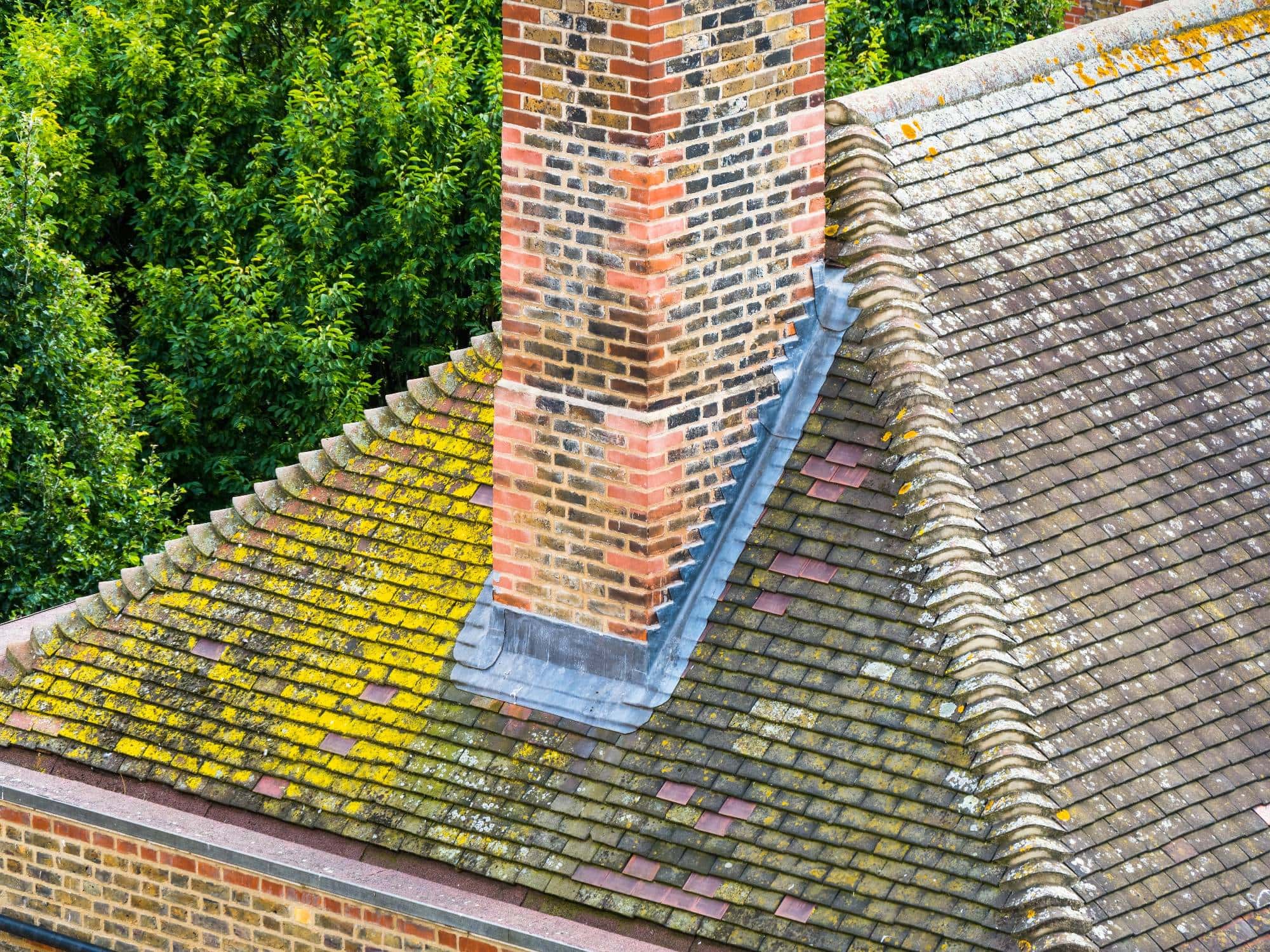Authentic restoration using period-appropriate materials and time-tested techniques that honor your historic property’s architectural heritage.

Hear from Our Customers

When you choose historic chimney restoration, you’re not just fixing a problem—you’re preserving a piece of Swansea’s colonial heritage. Your 18th or 19th-century home will maintain its authentic character while gaining the structural integrity it needs for decades to come.
You’ll sleep better knowing your chimney was restored using the same lime mortar techniques that built it centuries ago. No modern shortcuts that trap moisture or damage original bricks. Just careful, preservation-focused work that respects your home’s history.
Your property value stays protected because the work meets historical accuracy standards. When potential buyers see authentic restoration rather than cheap modern patches, they understand they’re looking at a well-maintained historic treasure.
We’ve been working on colonial and Georgian homes throughout Bristol County for over 25 years, since before most companies understood the difference between lime mortar and Portland cement. We’ve restored chimneys on properties dating back to the 1600s, including some of Swansea’s most treasured historic homes.
Our CSIA-certified technicians know that your 1750s colonial farmhouse or Georgian gambrel estate requires different techniques than a modern home. We source authentic materials, match original mortar compositions, and use preservation methods that protect your home’s historical integrity.
Swansea’s rich colonial history—from the Benjamin Cole House to the John Brown IV estate—deserves craftsmen who understand that every historic chimney tells a story. We make sure that story continues for future generations.

First, we conduct a thorough inspection to understand your chimney’s original construction and identify any previous inappropriate repairs. We document everything, from the type of bricks used to the original mortar composition, so we can match materials exactly.
Next, we carefully remove any modern materials that don’t belong—like hard Portland cement patches that can damage soft historic bricks. We source period-appropriate replacement bricks from salvage yards when needed and prepare lime-based mortar that matches your chimney’s original composition.
The restoration itself follows traditional masonry techniques. We repoint joints using softer mortars that allow the structure to breathe and move naturally. Every repair prioritizes preservation over convenience, ensuring your chimney functions properly while maintaining its historic character for years to come.

Ready to get started?
Your historic chimney restoration includes complete structural assessment, authentic material sourcing, and preservation-focused repairs. We handle everything from tuckpointing with lime mortar to rebuilding sections that have deteriorated over centuries.
In Swansea’s climate, historic chimneys face unique challenges. The freeze-thaw cycles that affect Bristol County properties require specific attention to mortar composition and joint design. We understand how coastal moisture affects different brick types and adjust our restoration techniques accordingly.
You’ll receive detailed documentation of all work performed, including photographs and material specifications. This creates a valuable record for insurance purposes and helps future craftsmen understand your chimney’s restoration history. We also provide maintenance recommendations specific to your home’s age and construction style.
